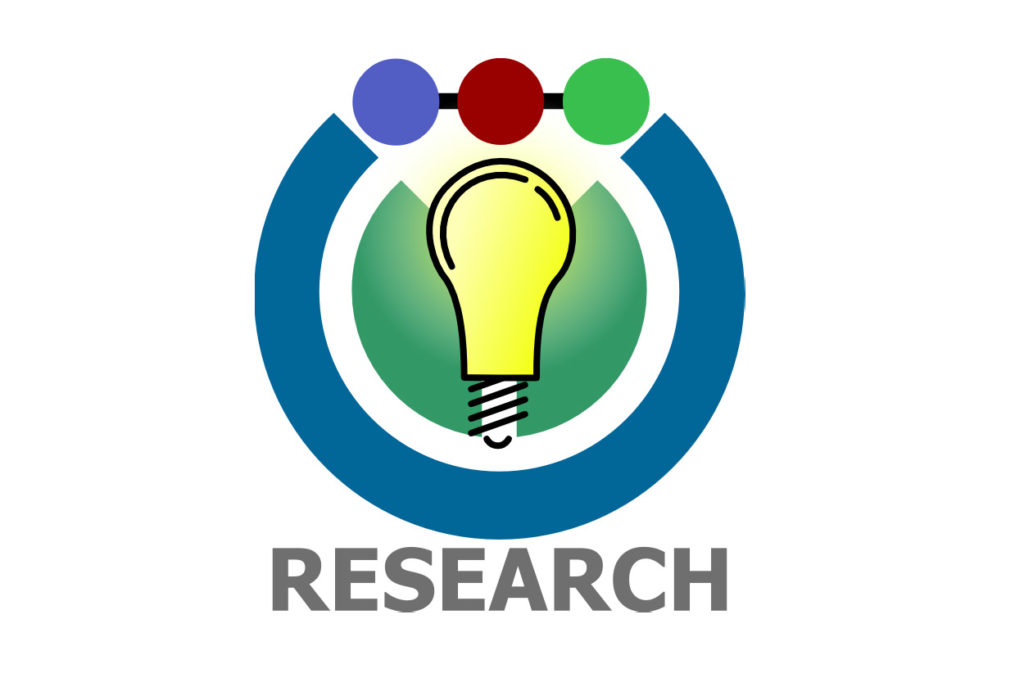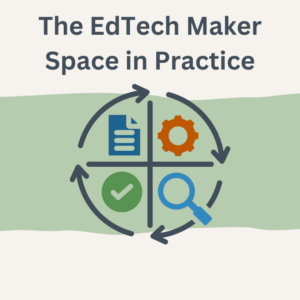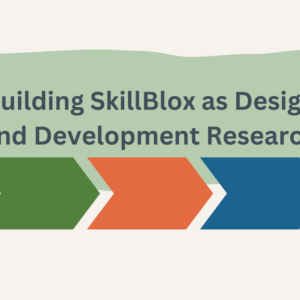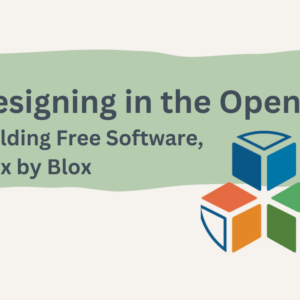By 21CLEO Research Team
The 21st Century Learning Ecosystems Opportunities (21 CLEO) project has embarked on a review of research that describes educational opportunities offered to frontline workers. Throughout the course of this review process, the project has been creating a list and description of the different types of opportunities offered. This field review will help us get a clearer picture of types of learning available and the range as well as their educational reach. We are not the first to take on this challenge; however, the lens we apply to this field review is unique in that we are examining these reports to create a representation of the constellation of factors that make up a 21st century learning ecosystem. In this post, we share our rationale and process of conducting the field review. In other posts, we’ll share what we’re actually learning as we synthesize the material.
In our efforts to better understand the characteristics of learning opportunities available to frontline service workers, we’ve undertaken a comprehensive review of the work that has already been done. Thus far, we’ve collected and reviewed over 50 publications from a variety of sources. Organizing a list of opportunities within our current learning ecosystem is a large undertaking. It is important to have an understanding of the learning opportunities currently available to frontline workers as well as the barriers which impact how and when they are able to participate. What we have put together so far is not a complete list, and we would value any insight our readers have on the subject.
We continue to add material regularly as it becomes available, and if you are aware of reports we should include, please let us know by emailing 21CLEO@pdx.edu. The material reviewed includes academic articles published in scholarly journals and field reports published by various organizations such as think tanks and nonprofit organizations. These include research reports, literature reviews, program reviews and evaluations, and theory pieces. The work contexts studied included retail, health care, and food service as well as professional work contexts. It is difficult to create an exhaustive and parallel list of all the learning opportunities available. The way each educational opportunity is implemented from one organization to the next varies in fundamental ways. For example, ‘online learning’ can mean many different things depending on the context, platform, and how an organization implements this strategy. The amount of support workers receive while participating in these learning opportunities can vary as well.
Our first step after collecting an initial set of publications was to “divide and conquer” the reading.
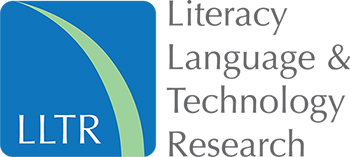
Our core field review team consists of Kathy Harris (PI), Gloria Jacobs (Co-PI), Naila Bairamova(Graduate Assistant), and Crystal Dixon (LLTR Assistant). Jonathan Vincent (LLTR Assistant) provided much needed administrative support by keeping track of the different articles and placing them into Zotero, a bibliographic software program that syncs to an online database, thereby supporting group work. Each of us identified articles we were interested in reading and took careful notes of what we learned. Those notes were entered into Zotero so the whole team could view them. Co-PIs Jill Castek and Jen Vanek have been following along, providing us with additional articles, as well as providing key insights.
Once we had approximately 20 of the publications read, we met as a team to discuss those pieces we felt were especially salient to our research and to begin the process of applying tags to each piece. This was done in order to begin to understand the breadth of topics covered by the literature. We worked within Zotero to apply these tags. This tagging process, in fact, follows the qualitative research approach of inductive coding used to find common themes in data. That is, we approached each publication without preconceptions of what tags might be applicable and instead used the contents of the publication to come up with each tag (code).
One example of the literature reviewed was the employer handbook created by Deloitte, in collaboration with The Aspen Institute entitled ‘A Guide To Upskilling America’s Frontline Workers’. Within this guide, many of the upskilling initiatives offered by employers are defined, as well as the characteristics of basic upskilling initiatives. Another report included in the review was a report co-authored by SRI Education and The Joyce Foundation, Empowering Adults to Thrive at Work: Personal Success Skills for 21st Century Jobs. This report organizes a list of settings where adults may strengthen their personal success skills and includes institutional, school, and workplace settings as well as community based organizations and self-directed learning.
Developing the Coding Scheme
Our initial coding scheme, the collection of thematic tags we embedded as we read, resulted in close to 50 codes. These codes, which characterize the content of the literature, were arranged into a mindmap in order for us to begin to understand the relationships of the codes to one another and to help us begin the process of categorizing the articles. At this time, Crystal also undertook the task of reviewing the articles to answer the question of what learning opportunities have been offered to working learners. The results of her analysis will be shared in our next post.
As Crystal was finishing up her work, the team once again took the divide and conquer approach in order to check the reliability of our coding. We each selected several articles that had been previously read and tagged and reread them and applied codes without looking at what codes had previously been applied. As we began discussing our efforts, we came to realize that that it was time to operationalize our definitions. We needed a shared understanding of what each code or tag meant and how it represented the contents of the article. That process has lead us to further develop our categories. We are also seeing how the different categories are related. These discussions led to a new mindmap, which we will share in the future.
Defining Codes and Categories
We are continuing our efforts at defining our codes and categories, coding articles, and ensuring the reliability of our coding through shared decision making and by developing a common understanding of the articles and the codes applied and categories developed. These efforts will result in a synthesis of our findings. We anticipate writing a number of posts that explore each of the different categories. We look forward to sharing what we learn with you and hearing what you are learning from the various publications and in your own work.

